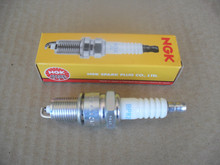Hello ILENGINE,
I looked on Parts tree and it shows the cam along with a small return spring, so my assessment is that this cam has a compression release. 107 PSI cranking compression is actually decent compared to others I have seen.
Not sure how or if 170 PSI can be achieved with a compression relief camshaft design.
Straight from the FD750D service manual
Compression Measurement
• Before measuring compression, do the following.
Be sure the battery is fully charged.
Thoroughly warm up the engine so that engine oil between the piston
and cylinder wall will help seal compression as it does during normal
running.
Stop the engine.
• Disconnect the spark plug caps of each cylinder and remove the spark
plugs.
• Attach the compression gauge assembly firmly into one plug hole.
Special Tool - Compression Gauge: 57001–221 [A]
Compression Gauge Adapter: 57001–1159
• Ground the spark plugs to the engine.
To avoid fire, do not ground the spark plugs in closed positions
to the plug holes. Keep the plugs as far away as possible from
the plug holes.
• Using the starter motor, turn the engine over with the throttle fully open
until the compression gauge stops rising; the compression reading
obtainable.
• Repeat the measurement to the other cylinder.
Cylinder Compression (MIN): 1171 kPa (170 psi)

